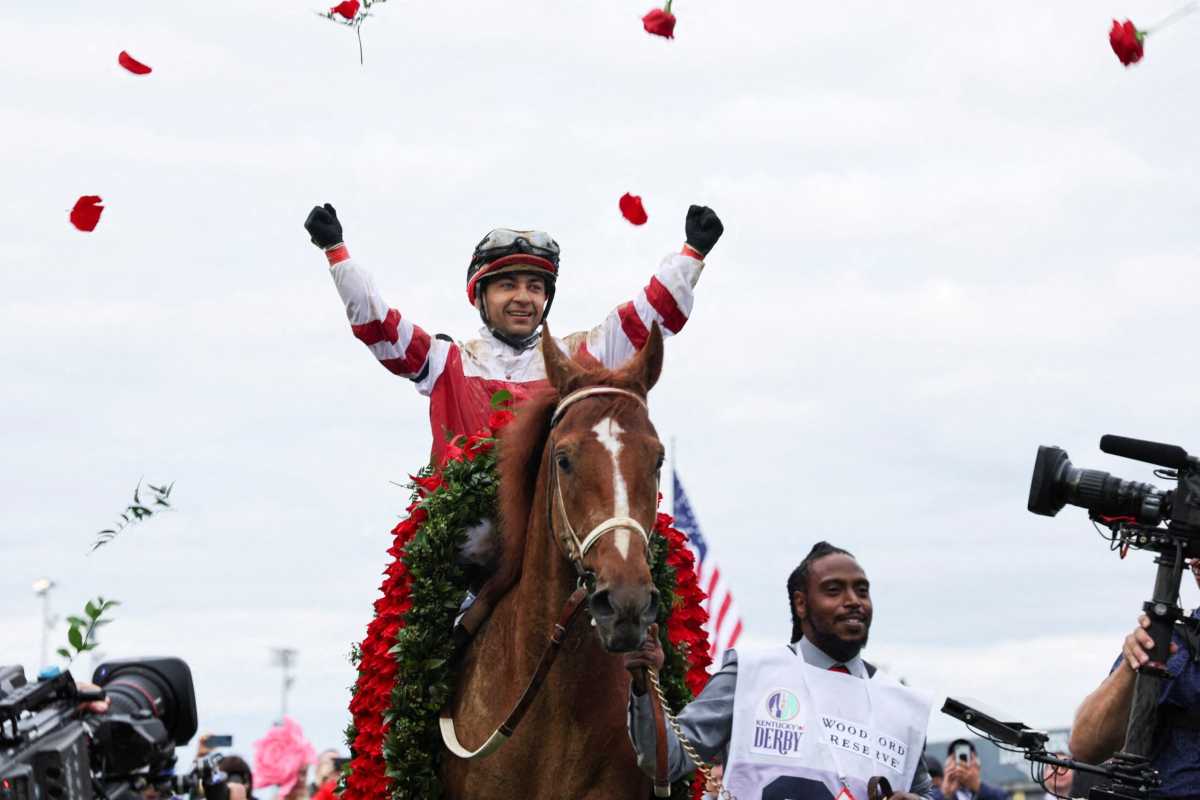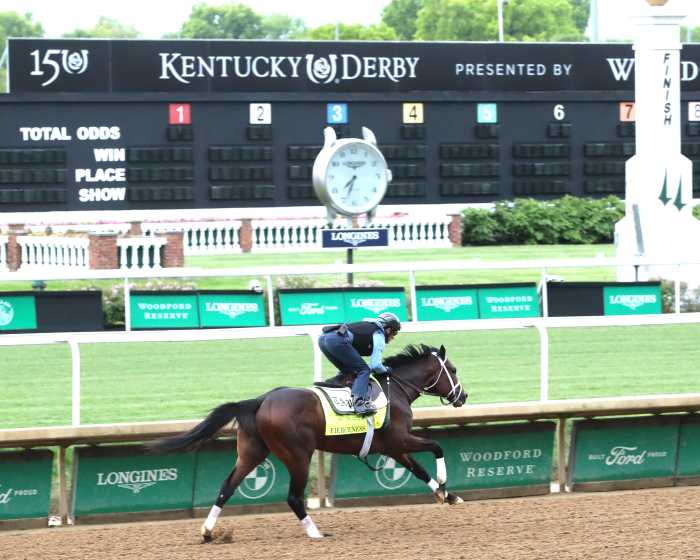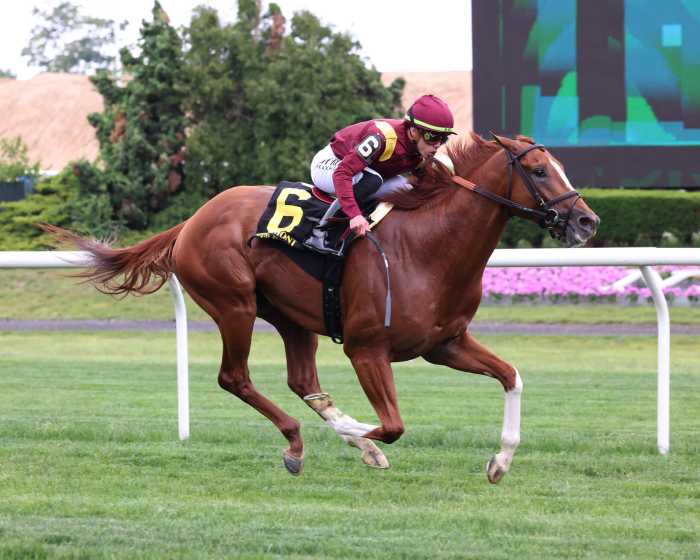In choosing to skip the Preakness Stakes, the connections of Kentucky Derby winner Rich Strike did the right thing by the horse. But the decision took the air out of the Triple Crown balloon for racing fans who enjoy this time of year.
The improbable winner of the run for the roses, at 81-1 odds, ran the race of his life on May 7. He improved his Beyer speed figure by 17 points from his last race. And asking Rich Strike to do it again in just two weeks, with history on the line, would probably have been a gamble not worth taking.
Certainly, trainer Eric Reed and owner Rick Dawson — despite facing the usual pressures that Kentucky Derby-winning trainers and owners experience heading up to the Preakness — saw it that way.
“Obviously, with our tremendous effort and win in the Derby, it’s very, very tempting to alter our course and run in the Preakness at Pimlico, which would be a great honor for all our group,” Dawson said in a statement released Thursday. “[H]owever, after much discussion and consideration with my trainer, Eric Reed, and a few others, we are going to stay with our plan of what’s best for Ritchie is what’s best for our group, and pass on running in the Preakness, and point toward the Belmont in approximately five weeks.”
But in his explanation for skipping the Preakness, Dawson kindly explained the biggest challenge facing the race and the Triple Crown as a whole: Timing.
Two weeks between the Kentucky Derby and Preakness Stakes, and three weeks between the Preakness and Belmont Stakes, is just too short by the standards of thoroughbred racing in the 21st century.
These horses are no longer trained to run back between races in less than two weeks time anymore. The Triple Crown races are the exception rather than the rule, and the schedule has survived all the change in the landscape because of its prestige.
Because of this, this year’s Preakness Stakes is shaping up as a lesser stakes race than it could be. Only three Kentucky Derby runners are slated to run, led by the Derby runner-up Epicenter, who will likely be a heavy favorite with Rich Strike out of the running.
The other Derby entrants running back in the Preakness are Simplification, who finished fourth; and Happy Jack, a distant 13th.
Open a TVG account and get a risk-free bet of up to $200!
The addition of Kentucky Oaks winner Secret Oath certainly adds a new spark to the Preakness, but the race just isn’t the same without the Derby champ in the field.
Seven years after American Pharoah provided the first Triple Crown sweep since 1978, the series of prestigious races has hit a crossroads.
Three of the last four Preakness runnings have not had the Derby champion in the field. Most trainers of Derby runners are opting to skip the second leg of the Triple Crown in favor of the Belmont, or taking their horses off the Triple Crown trail entirely.
The situation hurts both the Preakness Stakes and the sport a whole. Even with other prestigious thoroughbred events such as the Breeders Cup and summer racing at Saratoga or Del Mar, it’s the Triple Crown that captures the most attention among racing fans in America. When all three races are not as competitive as the Derby, the casual racing fans turn their attention elsewhere.
In order to encourage the most participation possible, and provide quality fields in all three races, the time has come to add some distance between the Triple Crown races. It’s been debated before, but this is an idea whose time has finally come.
Stakes horses tend to run once a month, so that ought to be the rule now.
Keep the Kentucky Derby on the first Saturday in May, but run the Preakness Stakes either the last Saturday of May or the first Saturday of June. And push the Belmont Stakes back to the last Saturday of June or the first Saturday of July.
Each race would be four weeks apart. And that’s the only change needed. Keep the race distances as they are: 1 ¼ miles for the Derby, 1 3/16 miles for the Preakness, 1 ½ miles for the Belmont.
Beyond that, the Triple Crown undercards have turned into huge events in and of themselves, with lucrative stakes races drawing interest from horse owners, trainers and bettors alike. Spacing out the Triple Crown races allows for more of the best horses to participate in stakes races at all three tracks.
Certainly, if the Preakness Stakes ran four weeks after the Kentucky Derby rather than two, based on Dawson’s reasoning, it seems like Rich Strike would have had a shot at making even more improbable history.
But that question will remain unanswered.
Possible race dates for a new Triple Crown schedule
| Kentucky Derby | Preakness Stakes |
Belmont Stakes |
| May 1 | May 29 | June 26 |
| May 2 | May 30 | June 27 |
| May 3 | May 31 | June 28 |
| May 4 | June 1 | June 29 |
| May 5 | June 2 | June 30 |
| May 6 | June 3 | July 1 |
| May 7 | June 4 | July 2 |
Read more: Five Knicks Trade Rumors to Watch



































